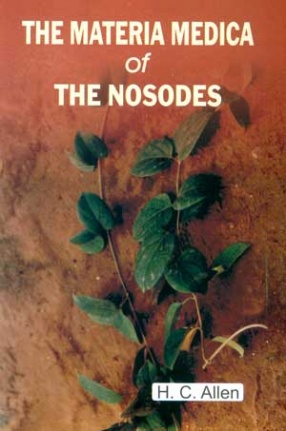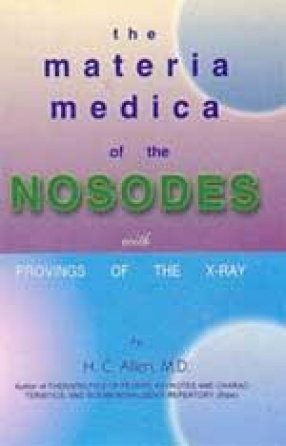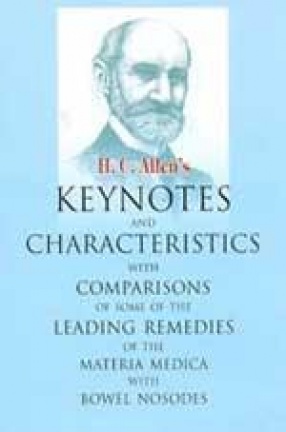
H.C. Allen

Showing all 6 books



This book is a treatise on the Nosodes. The book talks about the symptoms of the diseases and there are the range of the medicines covered in the book is very vast. The way in which the symptoms of the diseases is given can be understood by the layman also. The problems of eyes and sight, ears and hearing, throat, stomach, head, skin, teeth, mouth and almost every body part is discussed in the book. The source from which the medicine is made up also been given.In ...

The book has been authored by one of our greatest masters ever, who need no introduction, Dr. H.C. Allen. It is a Materia Medica which is useful in the treatment of fevers. Characteristics and differentials are mentioned. A repertory is appended which is very useful. The book includes therapeutics and a repertory of all types of fevers like, Continued, Bilious, Intermittent, Malarial, Remittent, Pernicious, Typhoid, Typhus, Septic etc. No homoeopathic library is ...

"Allen's Keynotes" is one of the most popular and widely read materia medica. The reason for its popularity being its preciseness and comprehensiveness. Keeping in view its usefulness for the students and practitioners of homoeopathy, the ninth edition has been brought out with certain changes. In this edition, all the symptoms belonging to one organ or organs having a similar and related function are grouped together, so as to facilitate a deeper ...

Concerning the character of this book, Nosodes, it may be said that Dr. Allen first, last all the time, regarded these drugs as homoeopathic and not as isopathic, remedies; that they were to be proved as homoeopathic remedies and prescribed according to the totality of the symptoms. The preliminary remarks, preceding the drugs treated in this book, tell all that we know concerning the source of the Provings. Dr. Allen placed great store by this, his final work, ...

The life-work of the student of the Homoeopathic Materia Medica is one of constant comparison and differentiation. He must compare the pathogenesis of a remedy with the recorded anamnesis of the patient; he must differentiate the apparently similar symptoms of two or more medicinal agents in order to select the similimum. To enable the student or practitioner to do this correctly and rapidly he must have as a basis for comparison some knowledge of the ...
